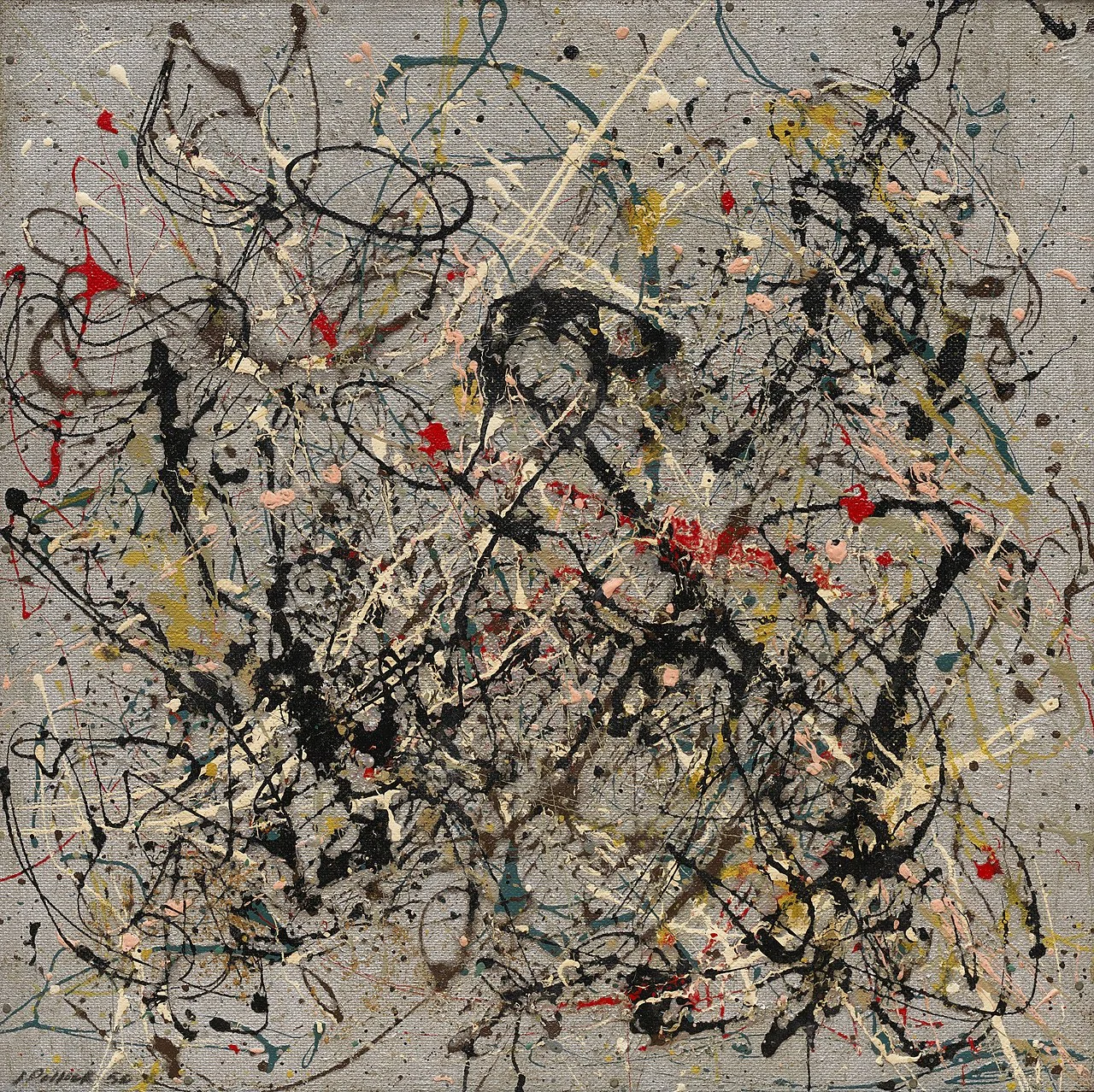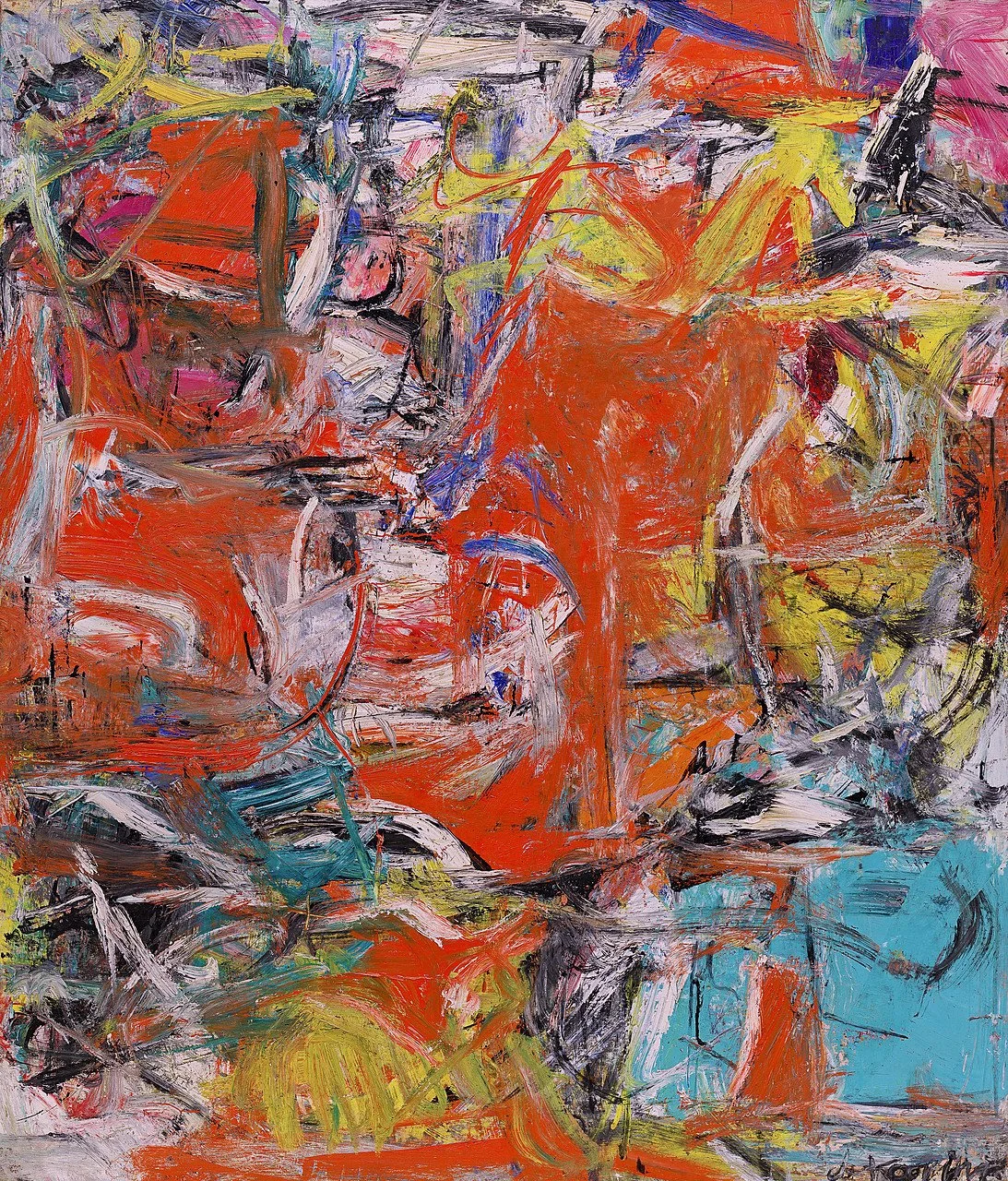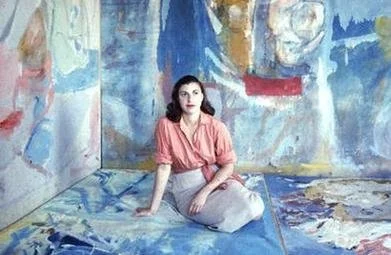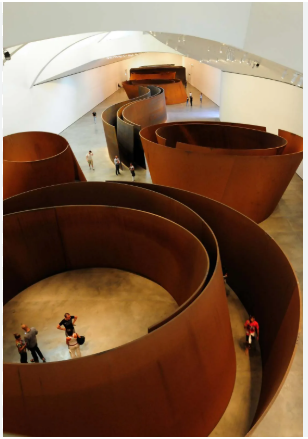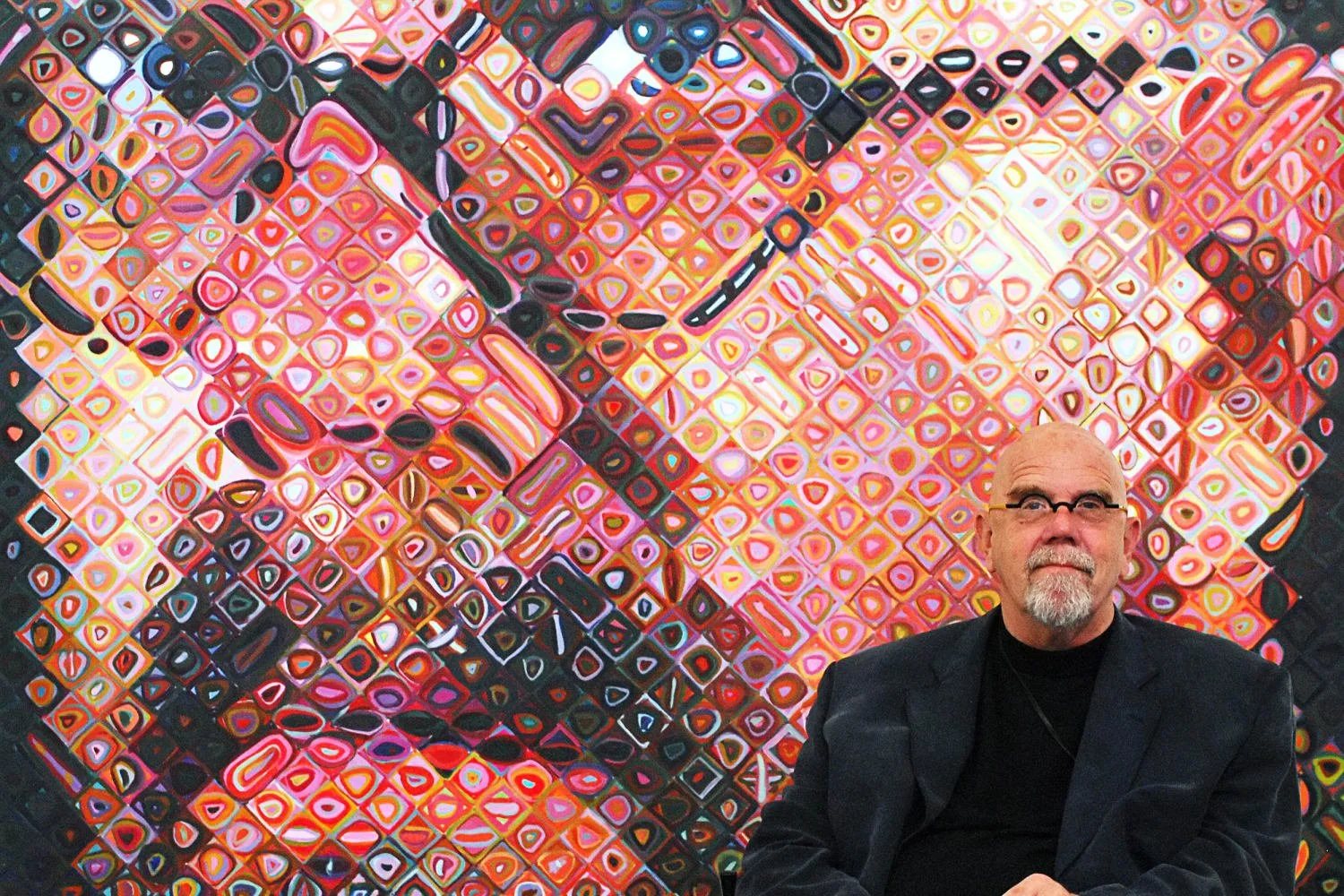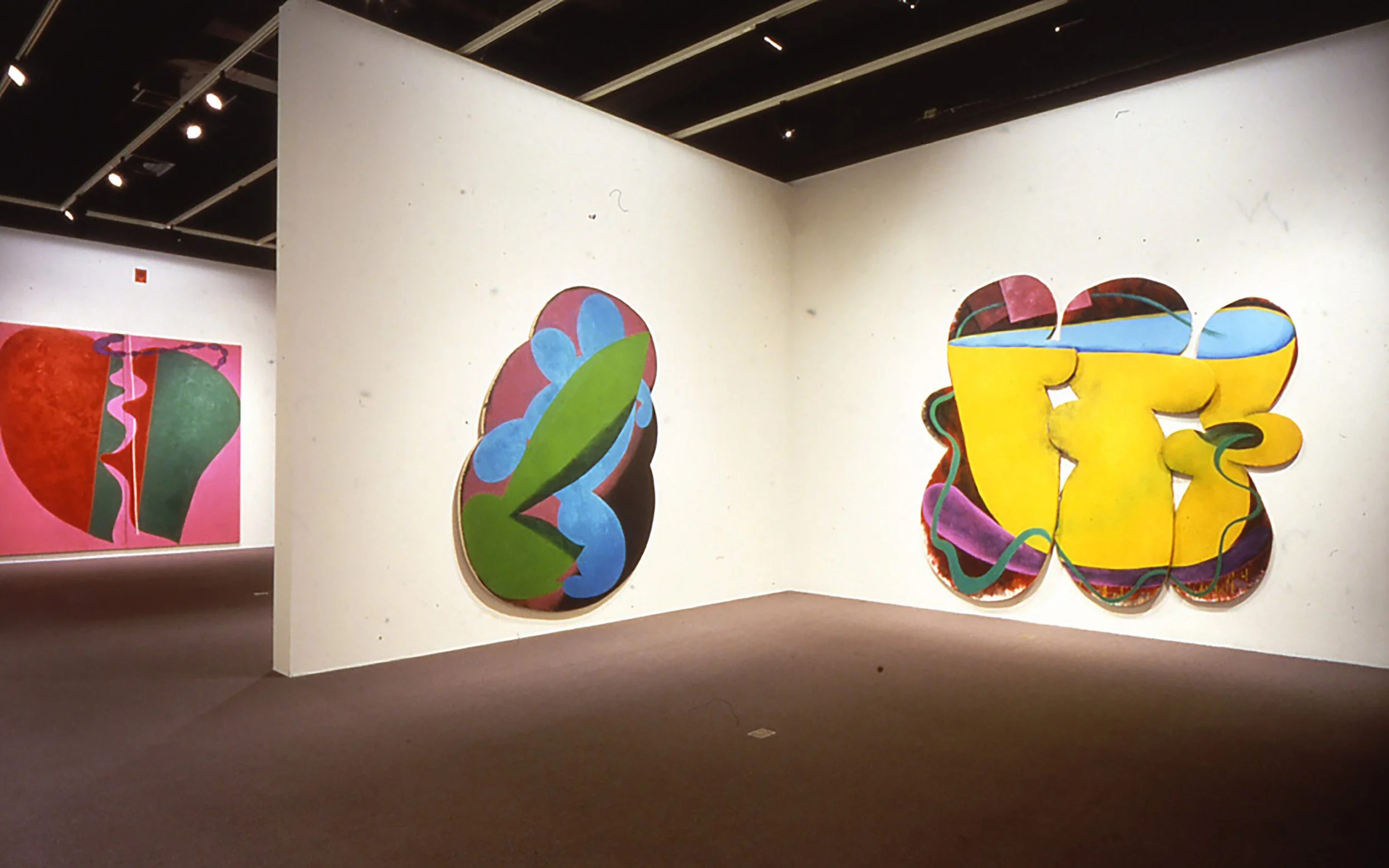NoHo and SoHo have served as vital incubators for artistic innovation, particularly in the realm of oil painting
New York City has long been a hub for artistic innovation and expression, and its neighborhoods have played a significant role in shaping the art scene. NoHo (North of Houston Street) and SoHo (South of Houston Street) are particularly notable for their rich history in the visual arts, especially oil painting. These neighborhoods have attracted a myriad of talented artists over the years, some of whom have left an indelible mark on the world of art. This article explores some of the most notable oil painters who have worked in these vibrant areas.
1. Jackson Pollock
One of the most influential figures in modern art, Jackson Pollock, is often associated with the Abstract Expressionist movement. While Pollock's artistic career began in the West, he later moved to New York City, where he developed his signature drip painting technique. Although he primarily worked in East Hampton, his time in SoHo during the late 1940s and early 1950s had a profound impact on his work. His studio was a reflection of his chaotic style, filled with canvases that sprawled across the floor, allowing him to paint from all angles.
Pollock's innovative techniques transformed the perception of oil painting, pushing the boundaries of how paint could be applied and how a canvas could be perceived. He became a central figure in the New York art scene, and his influence is still felt today.
2. Willem de Kooning
Willem de Kooning was another key player in the Abstract Expressionist movement and an artist whose work is deeply connected to SoHo. Known for his energetic and gestural brushwork, de Kooning's paintings often blurred the lines between abstraction and figuration. His famous series of "Women" paintings, characterized by their aggressive brushstrokes and vibrant colors, were created during his time in New York.
De Kooning's use of oil paint was revolutionary; he layered colors and forms in a way that would influence countless artists. His studio in SoHo became a gathering place for many artists of the time, fostering an environment of creativity and collaboration. His works are now celebrated in major museum collections worldwide.
3. Andy Warhol
While primarily known for his contributions to Pop Art, Andy Warhol's use of oil paint in his early works is notable. Warhol's time in SoHo during the 1960s was critical for the development of his artistic identity. His iconic silkscreen paintings, which often utilized oil paint, were a commentary on consumer culture and celebrity. Warhol's studio, dubbed "The Factory," became a cultural hotspot, attracting a diverse group of artists, musicians, and socialites.
His approach to oil painting was unconventional, often employing commercial techniques to create art that challenged traditional notions of originality and craftsmanship. Warhol's influence on contemporary art is monumental, and his works continue to captivate audiences around the globe.
4. Helen Frankenthaler
Helen Frankenthaler was a key figure in the development of Color Field painting, which emerged from Abstract Expressionism. Her innovative technique of pouring oil paint onto unprimed canvas allowed for the creation of luminous and fluid compositions. Frankenthaler's work in NoHo during the 1960s showcased her mastery of color and form.
Her painting "Mountains and Sea," created in 1952, is often cited as a pivotal work in the transition from Abstract Expressionism to Color Field painting. Frankenthaler's influence extended beyond her own work; she inspired a generation of artists, particularly women, to explore new methods of painting and expression.
5. Richard Serra
While Richard Serra is primarily known for his large-scale sculptures, his background in painting, particularly with oil, is essential to understanding his artistic journey. Serra worked in SoHo during the late 1960s and early 1970s, where he explored the relationship between space, material, and perception. His oil paintings often served as preliminary studies for his sculptural work, reflecting his interest in the physicality of materials.
Serra's oil paintings are characterized by their bold use of color and form, and they emphasize the process of creation as much as the final product. His unique approach to painting and sculpture has made him a significant figure in contemporary art.
6. Chuck Close
Chuck Close is renowned for his photorealistic portraits, which he created using a meticulous grid technique. Close's work in SoHo during the 1970s and 1980s pushed the boundaries of traditional portrait painting. His large-scale oil paintings, often based on photographs, showcase an extraordinary attention to detail and a deep understanding of color theory.
Close faced significant challenges later in life due to a spinal artery collapse that left him paralyzed, but he adapted his technique to continue creating art. His perseverance and innovative approaches to oil painting have made him an inspiration to many artists and art enthusiasts alike.
7. Elizabeth Murray
Elizabeth Murray was a pioneering artist known for her vibrant, abstract canvases that often took on sculptural forms. Her work in NoHo during the 1980s was characterized by the use of shaped canvases and bold colors. Murray's unique approach to oil painting combined elements of abstraction with a sense of playfulness and spontaneity.
She was one of the few women to achieve significant recognition in the male-dominated art world of her time, and her influence extended to both painting and sculpture. Her contributions to the art world continue to be celebrated, and her works are included in major museum collections across the country.
Conclusion
NoHo and SoHo have served as vital incubators for artistic innovation, particularly in the realm of oil painting. The artists mentioned above not only contributed to their respective movements but also helped to shape the broader narrative of contemporary art. Their legacies continue to inspire new generations of artists, ensuring that the spirit of creativity thrives in these iconic New York neighborhoods. Through their unique approaches to oil painting, these artists have left an enduring mark on the art world, reminding us of the power of expression and the importance of place in the creative process.
